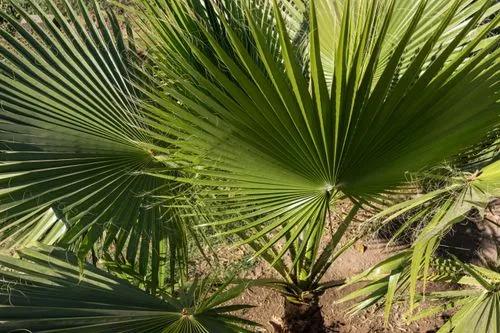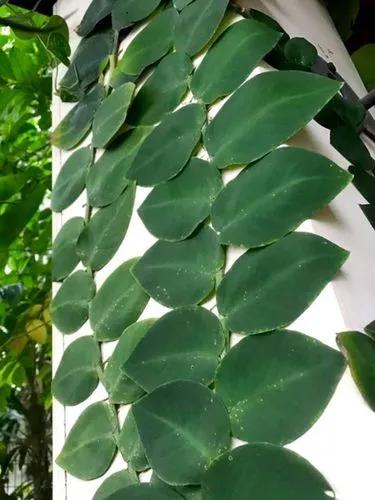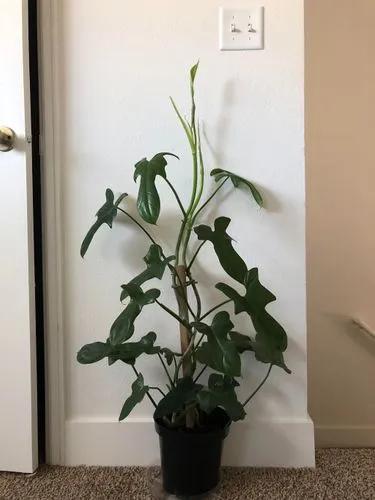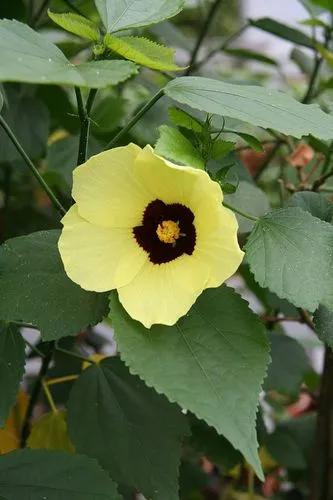Peperomia are native to tropical and subtropical regions of the world, in particular Central America. Most are compact perennial plants which are grown for their ornamental foliage, rather than their flowers, which are quite unimpressive.There is considerable variation in the appearance of peperomia plants, and this is one of the really interesting things about them. You could build up quite a sizeable collection of Peperomia plants, and still have no two plants that look quite alike.Peperomia plants are normally compact, rarely growing more than 12 inches in height in the indoor setting, making them ideal for containers, balconies or small indoor spaces. They normally have sturdy stems and many have fleshy leaves, with succulent characteristics.
Variegated Teardrop Peperomia Care
Variegated Teardrop Peperomia



How to Care for the Plant

Water

The succulent leaves of peperomia plants indicate that the plants don't need frequent watering to maintain vigor. Allow the surface of the soil to dry out between waterings. Keeping the peperomia on the dry side is better than saturating it, which leads to root rot and fungus gnat problems.

Pruning

There’s no need to be too delicate when it comes to pruning peperomia plants. They tolerate pruning really well, so don’t hold back. One of the reasons I love peperomia plants is their delicate, compact appearance, so I’m usually fairly aggressive in pruning mine back to keep their ornamental appearance.

Fertilizer

When it comes to fertilizing, less is more for the peperomia. Discolored or dropping leaves are usually a result of inadequate light or excessive watering, not poor nutrition. As a slow-growing epiphyte, the peperomia can go its entire life without supplemental fertilizer, getting what it needs from its planting media.

Sunlight

Peperomia plants need a medium to bright light to maintain their vibrant foliage colors. Morning light and filtered light is fine, as well as 12 to 16 hours of artificial light. Insufficient light will result in fewer leaves, leaf drop, and drab coloration.

Soil

Many peperomia species grow as epiphytes in the wild. This is similar to the way many orchids grow: think of a plant nestled in the nook of a tree, sending its roots into some slightly decaying bark. Choose soil that mimics these conditions—chunky, loose, and acidic. An orchid potting medium works well. Regular potting soil is fine too; you can always lighten it with a handful of peat moss or vermiculite.

Temperature

Peperomia plants are hardy only down to USDA Growing Zone 10, which means they cannot be exposed to temperatures less than 30 degrees Fahrenheit. As tropical plants, peperomias like it warm and steamy, especially in the summer months when growth is most active. If your plant doesn't get an outdoor vacation in the summer, place it on a tray of pebbles and water to increase ambient humidity.

Popularity

168 people already have this plant 26 people have added this plant to their wishlists
Discover more plants with the list below
Popular articles






